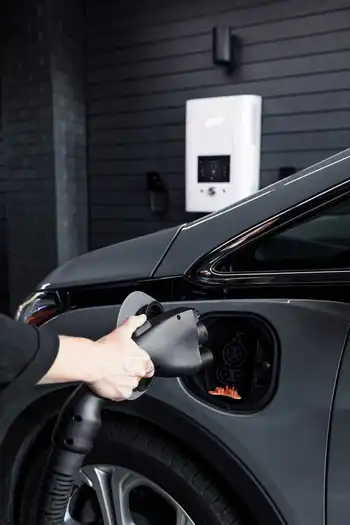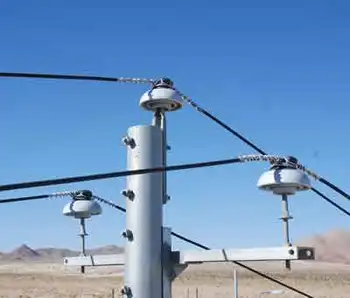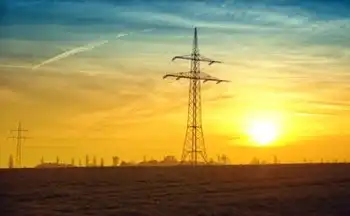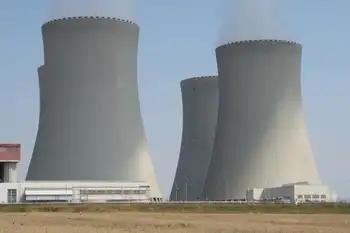Minnesota Signs Deal With Manitoba Hydro
WINNIPEG -- - The Minnesota Public Utilities Commission has unanimously approved a $1.7 billion power export deal with Manitoba Hydro.
It allows Minneapolis-based Xcel Energy to import power from Manitoba Hydro, despite the objections of aboriginal groups.
The 500-megawatt, 10-year deal was given the go-ahead.
It's an extension of an existing deal and will allow power to be exported until 2015.
Approval by Canada's National Energy Board is pending.
The Minnesota decision is a blow to the Pimicikamak Cree Nation of Cross Lake, Manitoba. They had asked the commission to first call a formal hearing into the social and economic impact of historic hydro development on their homeland.
Related News

Why an energy crisis and $5 gas aren't spurring a green revolution
WASHINGTON - U.S. Energy Transition Delays stem from grid bottlenecks, permitting red tape, solar tariff uncertainty, supply-chain shocks, and scarce affordable EVs, risking deeper fossil fuel lock-in despite climate targets for renewables, transmission expansion, and decarbonization.
Key Points
Delays driven by grid limits, permitting, and supply shocks that slow renewables, transmission, EVs, and decarbonization.
✅ Grid interconnection and transmission backlogs stall renewables
✅ Tariff probes and supply chains disrupt utility-scale solar
✅ Permitting, policy gaps, and EV costs sustain fossil fuel use
Big solar projects are facing major delays. Plans to adapt the grid to clean energy are…




